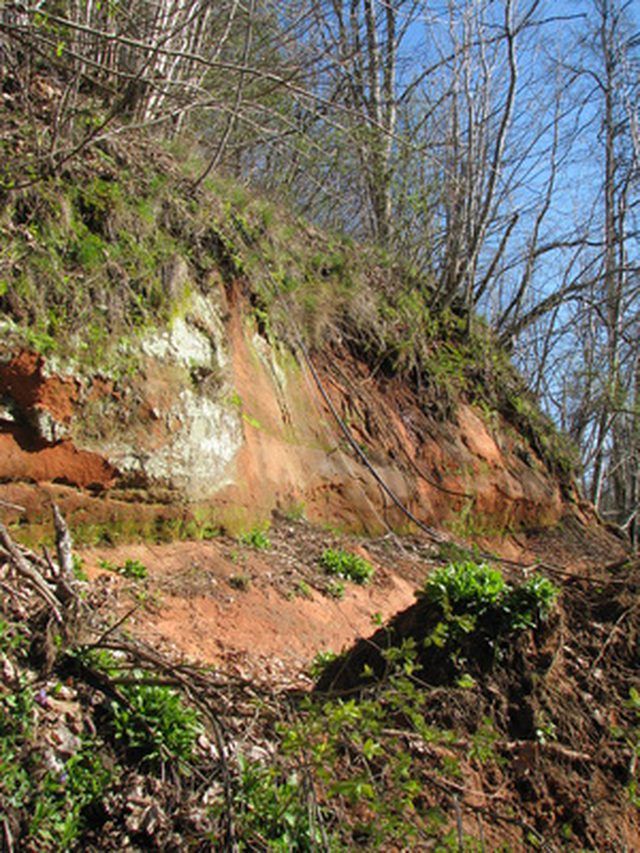Bulbs
Flower Basics
Flower Beds & Specialty Gardens
Flower Garden
Garden Furniture
Garden Gnomes
Garden Seeds
Garden Sheds
Garden Statues
Garden Tools & Supplies
Gardening Basics
Green & Organic
Groundcovers & Vines
Growing Annuals
Growing Basil
Growing Beans
Growing Berries
Growing Blueberries
Growing Cactus
Growing Corn
Growing Cotton
Growing Edibles
Growing Flowers
Growing Garlic
Growing Grapes
Growing Grass
Growing Herbs
Growing Jasmine
Growing Mint
Growing Mushrooms
Orchids
Growing Peanuts
Growing Perennials
Growing Plants
Growing Rosemary
Growing Roses
Growing Strawberries
Growing Sunflowers
Growing Thyme
Growing Tomatoes
Growing Tulips
Growing Vegetables
Herb Basics
Herb Garden
Indoor Growing
Landscaping Basics
Landscaping Patios
Landscaping Plants
Landscaping Shrubs
Landscaping Trees
Landscaping Walks & Pathways
Lawn Basics
Lawn Maintenance
Lawn Mowers
Lawn Ornaments
Lawn Planting
Lawn Tools
Outdoor Growing
Overall Landscape Planning
Pests, Weeds & Problems
Plant Basics
Rock Garden
Rose Garden
Shrubs
Soil
Specialty Gardens
Trees
Vegetable Garden
Yard Maintenance
What Is in Texas Red Clay Soil?
What Is in Texas Red Clay Soil?. Red clay derives its color from iron oxide, and is usually created through the breakdown of rocks in lower substrates. Red clay is commonly considered undesirable soil, and contact with it stains clothing.

Red clay derives its color from iron oxide, and is usually created through the breakdown of rocks in lower substrates. Red clay is commonly considered undesirable soil, and contact with it stains clothing.
History
Red clay is technically a subsoil, and it is usually found only where true topsoil has eroded. Poor agricultural practices and soil-stripping development of rural areas have contributed to its prevalence in many areas.
Composition
Because of the clay's unique composition, red clay soils are often rich in minerals. Calcium, potassium and magnesium are all loaded into red clay, and its water-retaining properties help clay hold onto nutrients such as nitrogen.
pH
Texas red clay has a low pH, usually near 5.5, which can pose an inhospitable environment to many plants and grasses. You can adjust the pH of red clay by adding lime.
Soil Quality
Surprisingly, after appropriate tilling, soil amendments and aeration, and with appropriate measures to water frequently during dry weather, red clay soils can support impressive gardens.
Soil Surveys
The U.S. National Resources Conservation Service conducts soil surveys for every county in Texas. The service's website provides detailed information about your county's soil composition.